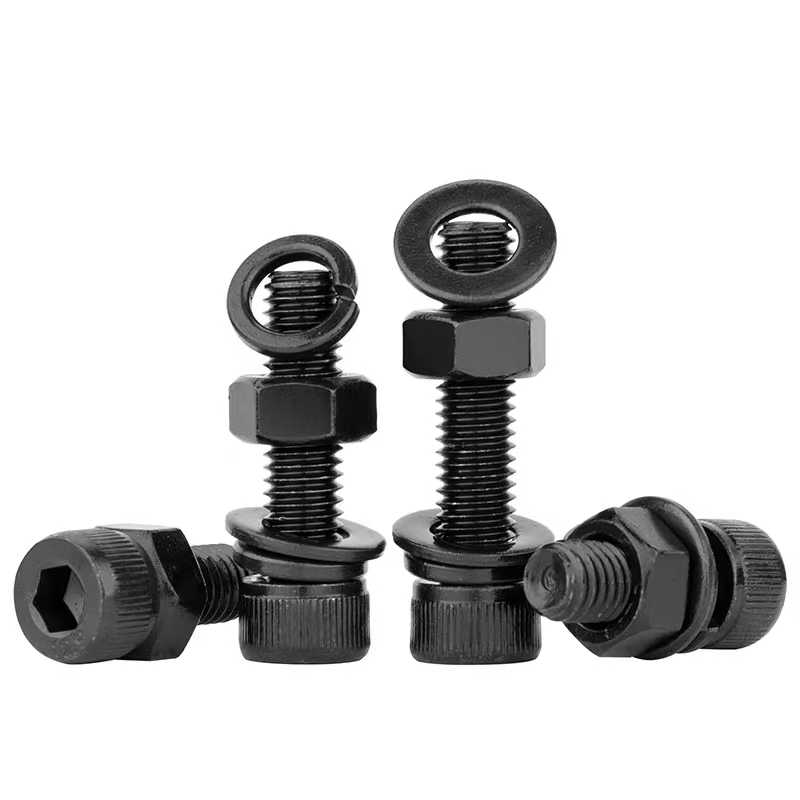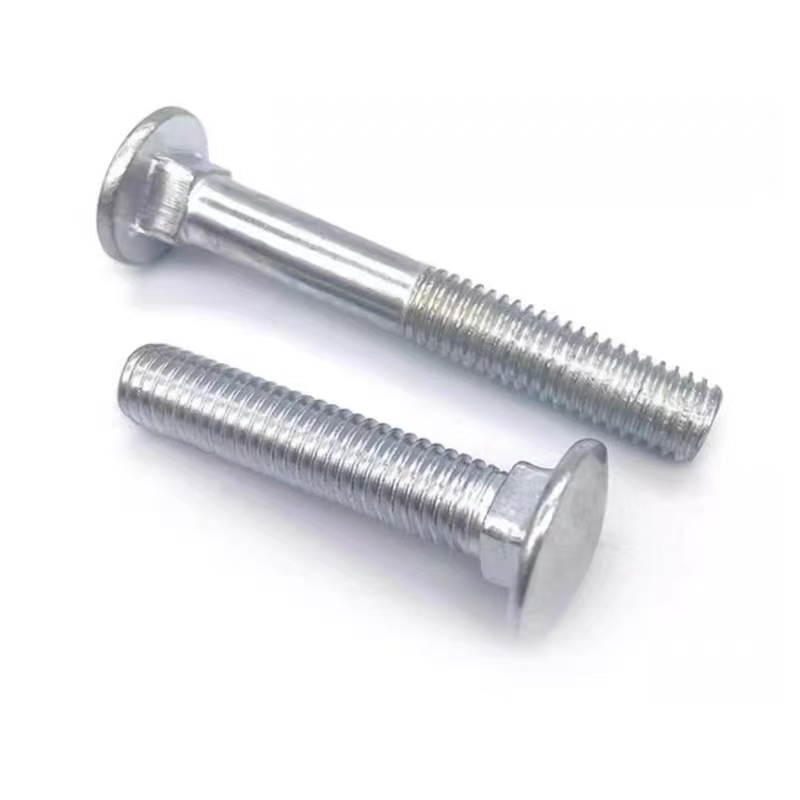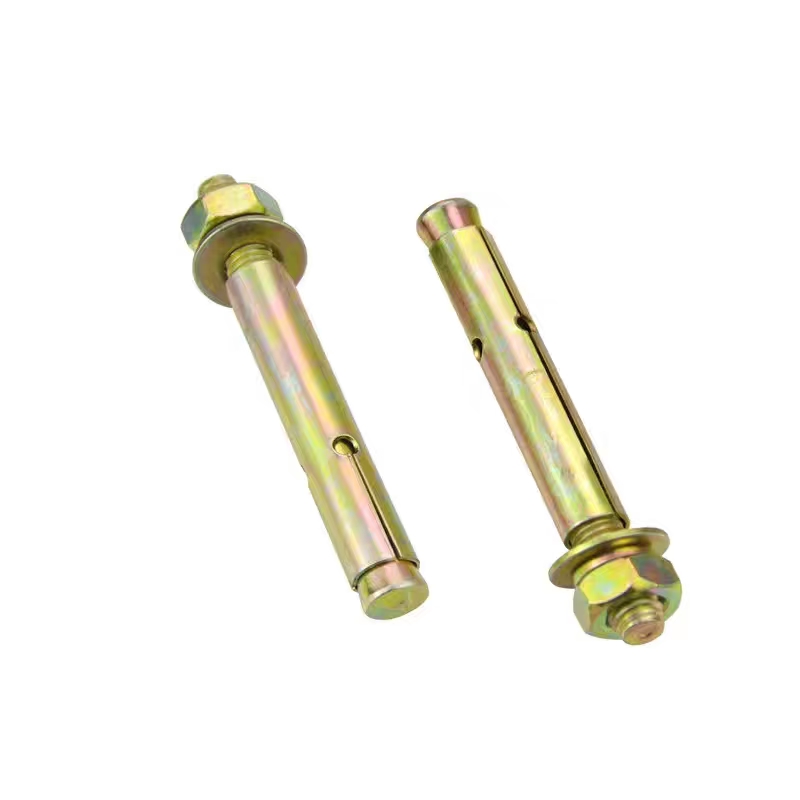- Chinese
- French
- German
- Portuguese
- Spanish
- Russian
- Japanese
- Korean
- Arabic
- Irish
- Greek
- Turkish
- Italian
- Danish
- Romanian
- Indonesian
- Czech
- Afrikaans
- Swedish
- Polish
- Basque
- Catalan
- Esperanto
- Hindi
- Lao
- Albanian
- Amharic
- Armenian
- Azerbaijani
- Belarusian
- Bengali
- Bosnian
- Bulgarian
- Cebuano
- Chichewa
- Corsican
- Croatian
- Dutch
- Estonian
- Filipino
- Finnish
- Frisian
- Galician
- Georgian
- Gujarati
- Haitian
- Hausa
- Hawaiian
- Hebrew
- Hmong
- Hungarian
- Icelandic
- Igbo
- Javanese
- Kannada
- Kazakh
- Khmer
- Kurdish
- Kyrgyz
- Latin
- Latvian
- Lithuanian
- Luxembou..
- Macedonian
- Malagasy
- Malay
- Malayalam
- Maltese
- Maori
- Marathi
- Mongolian
- Burmese
- Nepali
- Norwegian
- Pashto
- Persian
- Punjabi
- Serbian
- Sesotho
- Sinhala
- Slovak
- Slovenian
- Somali
- Samoan
- Scots Gaelic
- Shona
- Sindhi
- Sundanese
- Swahili
- Tajik
- Tamil
- Telugu
- Thai
- Ukrainian
- Urdu
- Uzbek
- Vietnamese
- Welsh
- Xhosa
- Yiddish
- Yoruba
- Zulu
- Kinyarwanda
- Tatar
- Oriya
- Turkmen
- Uyghur

Colored zinc-plated pin shaft
Understanding Colored Zinc-Plated Pin Shafts
Colored zinc-plated pin shafts ensure both functionality and corrosion resistance, making them a staple in various engineering applications. Let's delve into what makes these components essential and how they benefit manufacturing processes.
The Role of Zinc Plating
When we talk about colored zinc-plated pin shafts, the zinc coating is more than just a protective layer. It serves as a safeguard against corrosion. This is particularly crucial in industrial settings where exposure to moisture can dramatically affect metal components. Surprisingly, many still underestimate the significance of this process.
From my experience, the choice of zinc as a plating material is strategic. It offers the dual advantage of rust resistance and aesthetic versatility. For those unfamiliar, the coloring isn't just for looks—different hues can indicate varying strength levels or material compositions, making it easier to identify specifications on the fly.
Several years back, I encountered a challenging project requiring extended outdoor exposure. Thanks to these pin shafts, the structure remained rust-free for years, attesting to the utility of zinc plating.
Application in Manufacturing
Manufacturers like Handan Zitai Fastener Manufacturing Co., Ltd. in China, capitalize on this technology. Located strategically with access to major transport corridors, their facility churns out high-grade components with precision and consistency—key for large-scale production demands.
The manufacturing process benefits greatly from these colored zinc-plated pin shafts. For instance, automated assembly lines rely on their durability and the reliable grip they provide. I've observed cases where non-plated pins resulted in premature failure, a costly mistake easily avoided with the right choice of materials.
A key takeaway? Understanding the specific requirements of your project can save time and resources. Tailoring the use of these shafts based on environmental exposure and mechanical demands is crucial.
Common Pitfalls and Misunderstandings
One frequent misconception is assuming all zinc coatings perform equally. Variations in thickness and application methods can dramatically alter results. Plus, overlooked factors like surface preparation can impact the plating's effectiveness, a nuance often ignored by less experienced teams.
I've seen projects where improper cleaning before plating led to adhesion failures. It's a simple but crucial step. If you're serious about quality, don't cut corners on preparation. A visit to Handan Zitai's facility highlighted their stringent process controls, which ensure optimal plating results every time.
The takeaway is clear: meticulous preparation sets the foundation for excellent coating performance. It's a lesson I echo to newcomers in the field, emphasizing hands-on observation over theoretical knowledge.
Advantages of Partnering with Reliable Manufacturers
Leveraging the expertise of firms like Handan Zitai Fastener Manufacturing Co., Ltd. can streamline procurement and assure quality. Their strategic location in Yongnian District offers logistic advantages, cutting down on delivery times, which can be a game-changer during tight project schedules.
I recall a sudden demand spike in a past project where leveraging local suppliers like Zitai made the difference. Their capacity to adapt production swiftly was invaluable, something international suppliers struggled with.
This underscores the importance of choosing a supplier not just for their products but their logistical acumen. In an age where supply chain efficiency can dictate project success, this decision can't be overstated.
Future Trends in Zinc-Plated Pin Shafts
Looking ahead, advancements in zinc plating technology will likely focus on enhanced environmental performance. With stricter regulations, manufacturers are innovating to reduce environmental impact without sacrificing quality.
For instance, research into reducing the energy footprint of plating processes is underway. It's an exciting development, mirroring the industry's broader shift toward sustainability. Companies that can adapt to these changes will lead the market, offering products that are not only effective but environmentally responsible.
In conclusion, the evolution of colored zinc-plated pin shafts reflects a broader industry trend of balancing performance with ecological considerations. For manufacturers and consumers alike, staying ahead of these developments will be key to maintaining competitive and functional advantages.
Conclusion
Ultimately, colored zinc-plated pin shafts are more than mechanical components; they are solutions to complex engineering challenges. Drawing from practical experiences, one learns the critical balance of selecting the right materials and relying on capable producers like Handan Zitai. Visit their site (https://www.zitaifasteners.com) for insights into modern manufacturing prowess, a testament to the competitive edge achieved through strategic geographic and industrial positioning.
For those of us navigating this realm, embracing such technologies means staying adaptable and informed—not just about what's available now, but where trends are heading. And that’s what really counts in the fast-paced world of manufacturing.
Related products
Related products
Best selling products
Best selling products-
 T-bolt (T-slot bolt)
T-bolt (T-slot bolt) -
 Basket bolts
Basket bolts -
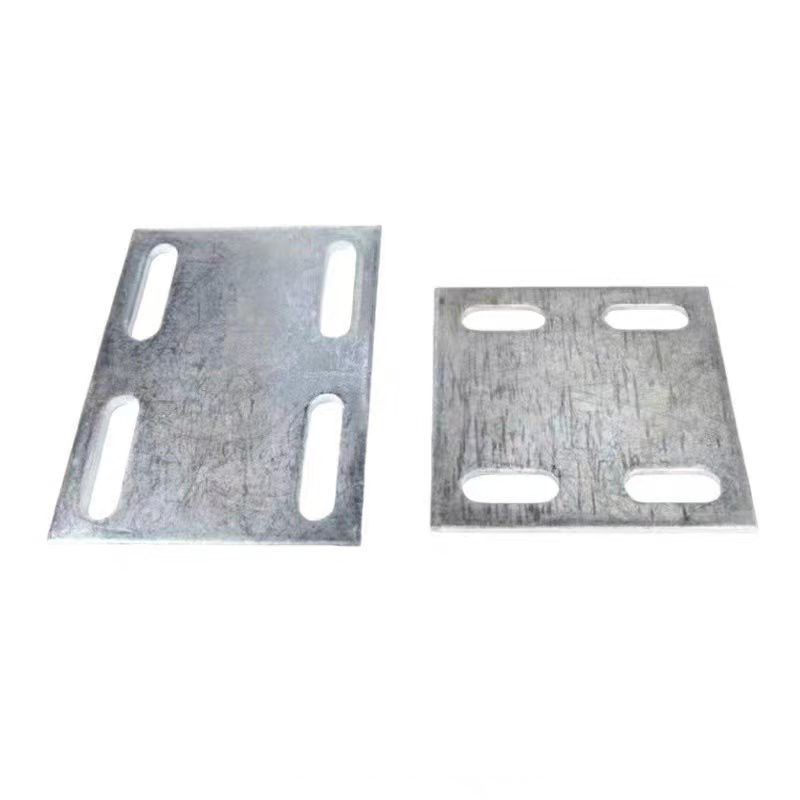 Electrogalvanized embedded plate
Electrogalvanized embedded plate -
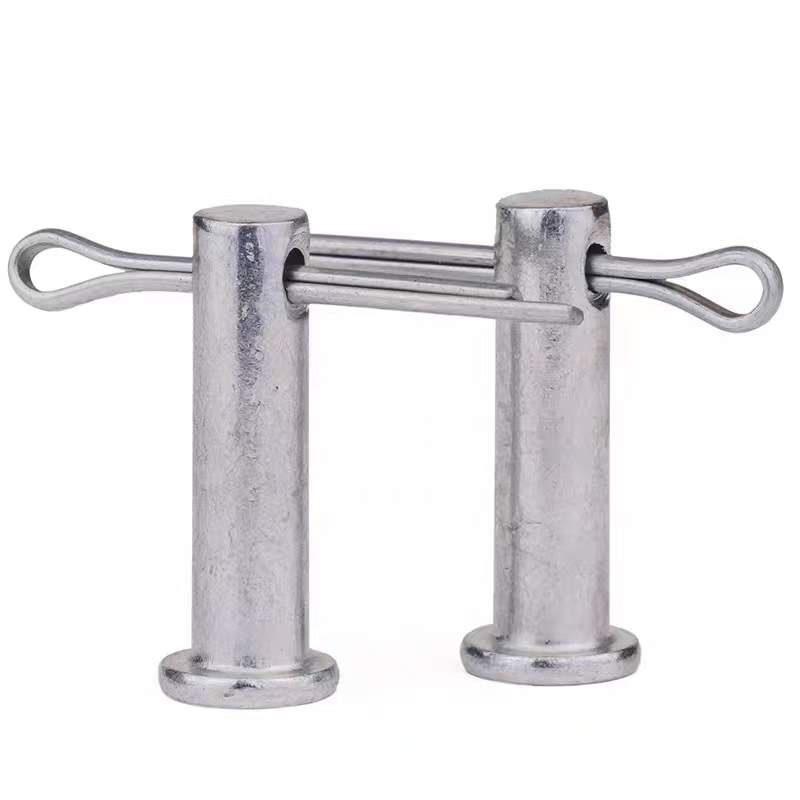 Electrogalvanized pins
Electrogalvanized pins -
 Black zinc plated countersunk cross bolts
Black zinc plated countersunk cross bolts -
 Welded plate anchor (welded plate anchor bolt)
Welded plate anchor (welded plate anchor bolt) -
 Colored galvanized hexagonal drill tail wire
Colored galvanized hexagonal drill tail wire -
 Colored zinc-plated cross countersunk drill thread
Colored zinc-plated cross countersunk drill thread -
 Welding nut (welding nut)
Welding nut (welding nut) -
 Black zinc plated hexagonal bolts
Black zinc plated hexagonal bolts -
 10.9S large hexagon bolts
10.9S large hexagon bolts -
 7-shaped anchors (7-shaped anchor bolts)
7-shaped anchors (7-shaped anchor bolts)




